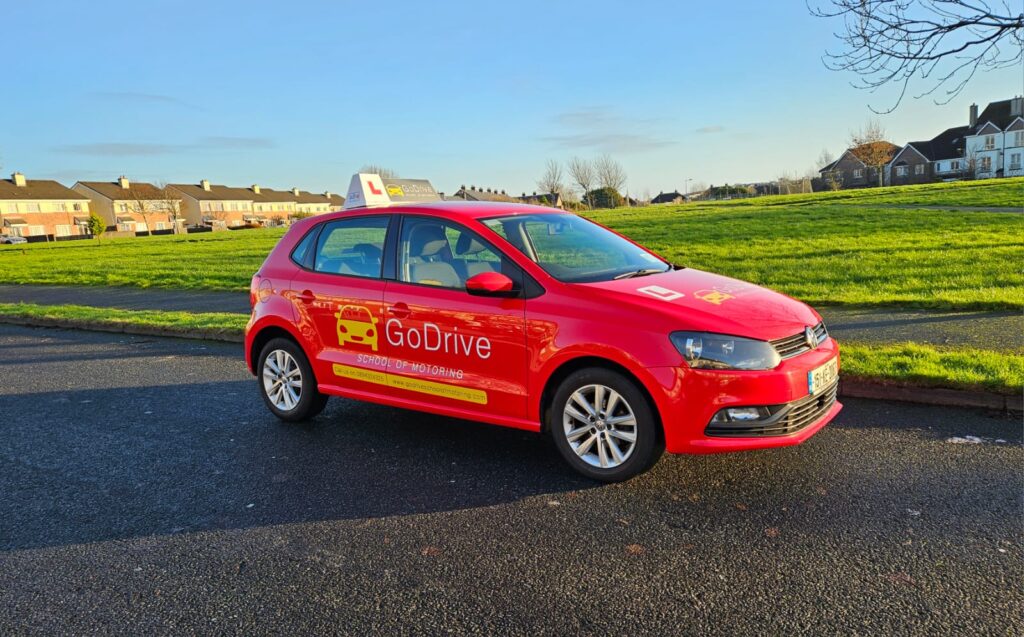Driving on Irish roads can be challenging, especially when the weather turns bad. From torrential rain to icy patches, the unpredictable climate can test even the most experienced drivers. This guide offers essential safety tips to help you stay safe and confident while driving in poor weather conditions.
1. Understanding Ireland’s Weather Challenges
Ireland’s weather is notorious for its unpredictability. One moment, the sun is shining; the next, you’re facing heavy rain or dense fog. Here are the most common weather challenges drivers encounter in Ireland:
- Rain and Flooding: Frequent rain can reduce visibility and create slippery roads.
- Fog: Dense fog can obscure road signs and reduce visibility to a few meters.
- Ice and Frost: During winter, black ice can form on roads, making them hazardous.
- Strong Winds: Gusts can make it difficult to control your vehicle, especially on exposed rural roads.
2. General Preparation for Driving in Bad Weather
Preparation is key to ensuring your safety on the road:
- Check Your Tyres: Ensure your tyres have adequate tread depth (minimum of 1.6mm) for grip on wet and slippery roads.
- Keep Your Lights in Check: Ensure headlights, brake lights, and fog lights are functioning properly.
- Clean Windows and Mirrors: Clear all windows and mirrors of dirt, fog, or ice before driving.
- Carry an Emergency Kit: Include a torch, warm clothes, a first-aid kit, and reflective triangles in your car.
3. Safety Tips for Driving in the Rain
Rain is one of the most common challenges on Irish roads. Here’s how to handle it:
- Slow Down: Wet roads reduce tyre grip, increasing stopping distances. Adjust your speed to match the conditions.
- Avoid Puddles: Driving through standing water can cause hydroplaning. If unavoidable, reduce speed and drive through slowly.
- Use Wipers Effectively: Ensure your windscreen wipers are in good condition and set to the appropriate speed.
- Increase Following Distance: Maintain at least a four-second gap from the vehicle ahead.
4. Driving Safely in Fog

Fog can drastically reduce visibility. Follow these guidelines:
- Use Fog Lights: Turn on your fog lights when visibility drops below 100 meters.
- Drive Slowly: Reduce your speed and be ready to stop suddenly if needed.
- Avoid High Beams: High beams can reflect off the fog and reduce visibility further.
- Follow Road Markings: Use the white lines on the road as a guide.
5. Tackling Ice and Frost
Driving in icy conditions requires extra caution:
- Avoid Sudden Movements: Steer, accelerate, and brake gently to avoid skidding.
- Be Aware of Black Ice: Look for shiny patches on the road, particularly in shaded areas.
- Use a Low Gear: When descending hills, use a low gear to maintain control.
- Plan Your Route: Stick to main roads that are more likely to have been gritted.
6. Dealing with Strong Winds
Strong gusts can be unsettling, particularly for high-sided vehicles:
- Grip the Wheel Firmly: Maintain a steady grip on the steering wheel.
- Beware of Exposed Areas: Bridges and open stretches of road are more susceptible to strong winds.
- Anticipate Buffeting: Be prepared for sudden gusts, especially when passing large vehicles.
Why Choose GoDrive School of Motoring for Bad Weather Training?

At GoDrive School of Motoring, we understand that driving in bad weather can be daunting for learners. That’s why our training goes beyond the basics to ensure you’re fully prepared for any condition.
- Experienced Instructors: Our ADI-certified instructors teach you how to handle rain, fog, and icy conditions confidently.
- Dual-Control Vehicles: Our cars are equipped with dual controls for added safety, especially in challenging weather.
- Practical Scenarios: We provide real-world training, including navigating wet roads and low-visibility situations.
- Flexible Scheduling: Learn at your own pace with lessons tailored to your availability.
7. Additional Tips for Staying Safe
- Monitor Weather Reports: Always check the weather forecast before heading out.
- Avoid Unnecessary Journeys: If conditions are particularly severe, consider postponing your trip.
- Keep Your Distance: Bad weather means longer braking distances, so maintain ample space from the car ahead.
- Stay Focused: Minimize distractions and stay alert to changing conditions.
Stay Safe and Confident on the Road
Driving in bad weather doesn’t have to be intimidating. With proper preparation and training, you can navigate Irish roads safely, no matter the conditions. At GoDrive School of Motoring, we are committed to equipping our learners with the skills and confidence to handle any driving challenge.
Whether you’re a new driver or looking to refresh your skills, join GoDrive today and master the art of driving safely in all weather conditions!
